How to Become a Range 2 Teacher in Victoria
Teaching in Victoria is not just a career; it's a chance to make a real difference. Whether you're just starting or looking to advance from Range 1 to Range 2, this guide will walk you through everything you need to know to become an effective classroom practitioner.
To become a Range 2 teacher in Victoria, you must meet specific educational qualifications, complete the necessary teaching certification, and gain relevant teaching experience. This guide outlines the steps, financial incentives, and state-specific requirements for advancing your teaching career.
Understanding Range 2 Teaching
Definition of Range 2: Range 2 teachers in Victoria are educators who have gained significant experience and expertise in their field. They are responsible for not only teaching but also mentoring other teachers, developing curricula, and taking on leadership roles within their Victorian government schools. Transitioning from Range 1 to Range 2 signifies a teacher’s professional growth and commitment to education excellence.
Importance of Advancing to Range 2: Becoming a Range 2 teacher opens doors to leadership roles and higher salaries. It allows teachers to have a more significant impact on their schools and students by taking on additional responsibilities and contributing to educational improvements.
What It’s Like to Be a Teacher in Victoria
Teaching in Victoria is a fulfilling career choice characterized by a supportive and collaborative environment. Educators have ample opportunities for professional growth through workshops and mentorship programs. The focus on innovation encourages teachers to integrate new technologies and creative teaching methods, enhancing student engagement. Teachers in Victorian public schools enjoy making a meaningful impact on diverse student populations while benefiting from a balanced work-life schedule. This combination of support and opportunity makes teaching in Victoria a rewarding experience.
Steps to Become a Range 2 Teacher in Victoria
Step 1: Study the Right Course
Begin your journey by enrolling in a Bachelor of Education or a related program. This course should be recognized by the Victorian Institute of Teaching (VIT). It's crucial to select a program that offers comprehensive training in both practical and theoretical aspects of teaching. Consider institutions like LOP Education for quality programs.
Courses to Consider:
Government Link: For more information on becoming a qualified teacher, visit Get Qualified - Become a Teacher.
Step 2: Obtain Qualifications and Teaching Certificate
Educational Requirements: Complete a Bachelor’s degree in Education or a related field. This foundational step is essential to ensure you have the necessary knowledge and skills for effective teaching.
Teaching Certificate: After your degree, obtain a teaching certificate by completing an accredited Initial Teacher Education (ITE) program. This certification is mandatory in Victoria and prepares you for the teaching profession by covering essential pedagogical techniques and strategies.
Step 3: Gain Experience
Start your teaching career as a Range 1 teacher. This phase is vital for developing your practical teaching skills, understanding school dynamics, and making meaningful contributions to your educational community. During this period, focus on enhancing your teaching techniques, classroom management, and student engagement strategies.
Step 4: Recognition of Prior Learning (RPL)
If you have previous vocational experience, Recognition of Prior Learning (RPL) can help accelerate your path to becoming a Range 2 teacher. RPL acknowledges your existing skills and knowledge, potentially reducing the time required to achieve your qualifications, and helping you become an effective classroom practitioner.
How RPL Works: Submit evidence of your vocational experience, such as past teaching or related work, to be assessed for credit towards your qualification.
Step 5: Move from Range 1 to Range 2
To transition from a Range 1 to a Range 2 teacher, you need to demonstrate exemplary teaching practice, leadership skills, and the ability to mentor other teachers. This step involves meeting specific criteria set by your school and the VIT.
Demonstrating Leadership: Take on additional responsibilities, such as leading projects or initiatives within your school, to showcase your capability to contribute beyond classroom teaching.
Meeting VIT Criteria: Ensure you fulfil the Victorian Institute of Teaching requirements for Range 2 teachers, including professional development and performance reviews.
State-by-State Overview
Below is a table with links to government websites for each Australian state, detailing specific requirements for teachers. These resources are essential for understanding regional variations in qualifications, registration processes, and career opportunities:
Each link directs you to official resources where you can find information on teaching standards, certification processes, and professional development opportunities specific to each state.
Salaries and Financial Incentives
Understanding the salary expectations for teachers in Victoria can help guide your career decisions:
Range 1 vs. Range 2 Salaries: Teachers start at Range 1, with salaries typically lower than those in Range 2. Range 2 teachers earn between $89,832 and $112,333 annually, reflecting their experience and additional responsibilities.
Financial Incentives: To attract teachers to high-demand areas or subjects, the Victorian government offers various financial incentives, such as:
Bonuses: For teachers who work in remote or disadvantaged areas.
Higher Starting Salaries: For those specializing in subjects with teacher shortages.
You can find more details about salaries and financial incentives from the Victorian Government at Victoria’s Salary Information.
Registration and APST
Registering with the Victorian Institute of Teaching (VIT) is a mandatory step to becoming a teacher in Victoria. This ensures that you meet the required professional standards:
Application: Submit your educational credentials, proof of completed teacher training, and personal identification documents.
Fees: There is an annual registration fee.
Ongoing Requirements: Teachers must engage in continuous professional development to maintain their registration status.
The Australian Professional Standards for Teachers (APST) outlines the expectations for teacher practice and development:
Professional Knowledge: Understanding of teaching strategies, subject content, and educational contexts.
Professional Practice: Skills in planning, implementing, and assessing effective teaching.
Professional Engagement: Commitment to professional learning and engagement with colleagues, parents, and the community.
The APST serves as a guide for professional growth and progression, particularly from Range 1 to Range 2.
Scholarships and Financial Help
Scholarships provide financial assistance to aspiring teachers, encouraging them to enter the profession without the burden of substantial student debt, helping them become graduate teachers:
Types of Scholarships: Scholarships are available for different levels of study, including undergraduate, postgraduate, and those pursuing specific teaching areas.
Government Resources:
Victorian Government Scholarships offer a variety of financial aid options for those studying to become teachers.
Thinking of Becoming a Teacher?
Becoming a Range 2 teacher in Victoria involves dedication to professional development, a commitment to student learning, and meeting specific educational and registration requirements.
If you’re a graduate, professional, or someone considering a career change, teaching offers a fulfilling path. The transition may involve additional study, but many programs support professionals entering teaching.
Learning Options offers specialized programs and courses tailored to future educators, ensuring you meet all necessary qualifications.
Don’t hesitate! Start Your Teaching Career with Learning Options.
FAQ
What is a Range 2 instructor in Victoria?
Answer: Range 2 classroom instructors play an important role in aiding the school in improving student performance and educational outcomes as outlined in the school strategic plan and state goals, as well as contributing to the formulation and implementation of school policies and priorities.
What does it mean to be a Band 2 skilled teacher?
Answer: A Band 2 teacher meets the Australian Professional Standards for Teachers at the Proficient level and has been recognized by a Teacher Accreditation Authority. 2.10 "Band 3 salary" refers to the remuneration that instructors with Highly Accomplished or Lead accreditation get.
What qualifications do I need to become a teacher in Victoria?
Answer: Most people will need to spend four years studying full-time at a higher education school. This is often a university, although it can also include certain TAFEs and commercial providers. You can study part-time, which will take longer, especially if you aim to work in a primary school. Your studies must include an authorized teaching course.
How much is the teacher allowance in Victoria?
Answer: The allowance is computed based on the total amount of paid service from December 1 to November 30. Payment is automatically made to qualifying employees in December of each year within the salary range. The maximum payment amount is $1,402 in 2022, $1,430 in 2023, $1,459 in 2024, and $1,488 in 2025.
What is Level 2 in teaching?
Answer: A level 2 teaching assistant is an entry-level role that helps and supports instructors in the classroom.
What is the current need for teachers in Victoria?
Answer: Demand for teachers is predicted to outstrip supply until 2028, resulting in a shortage of 5,036 instructors. Between 2021 and 2022, the number of teacher vacancies increased by 49% in elementary schools and 68% in secondary schools.

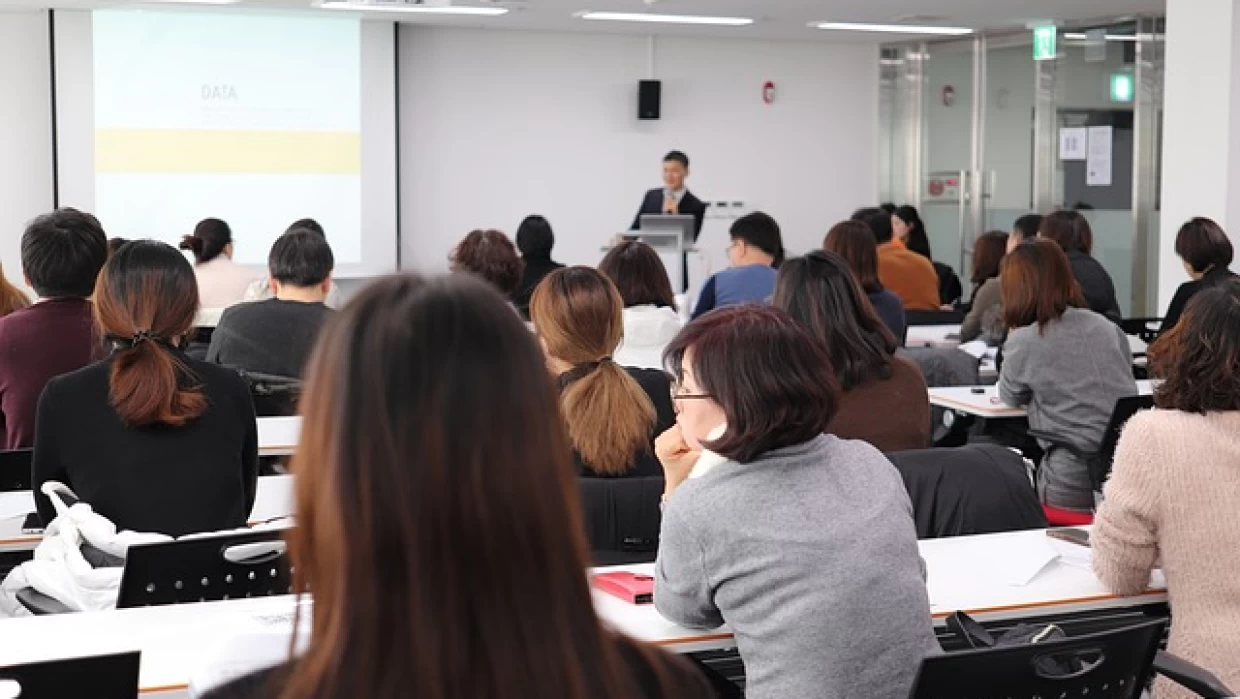



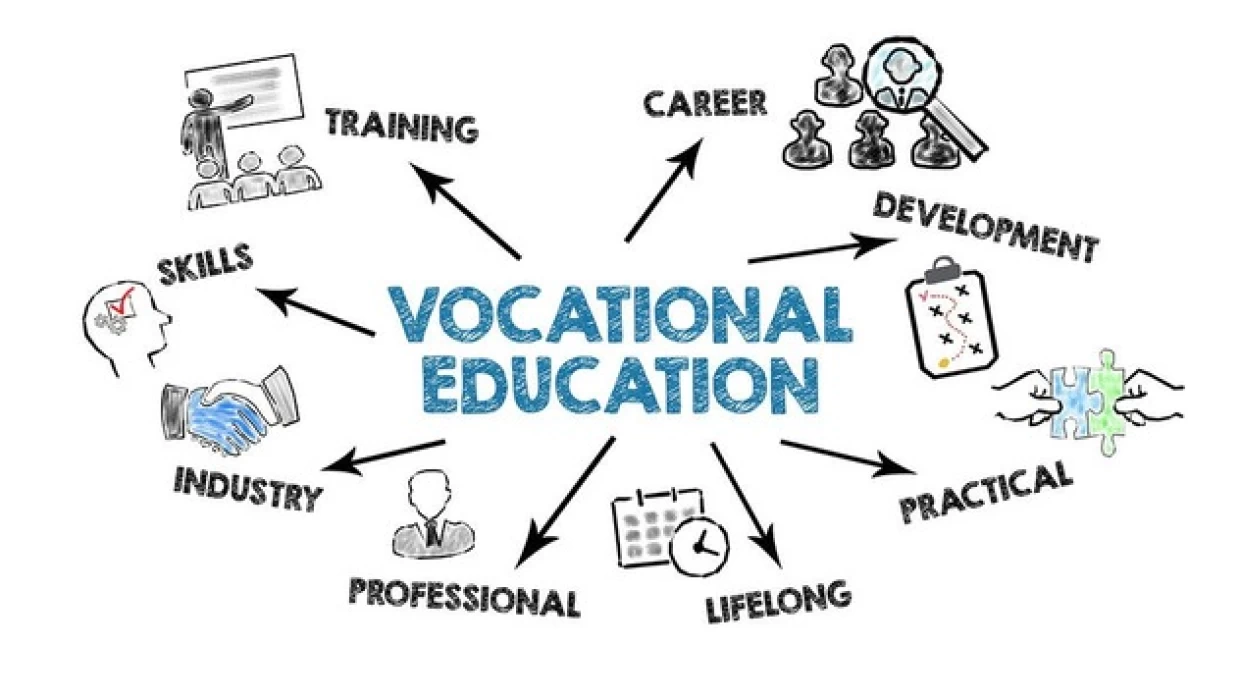
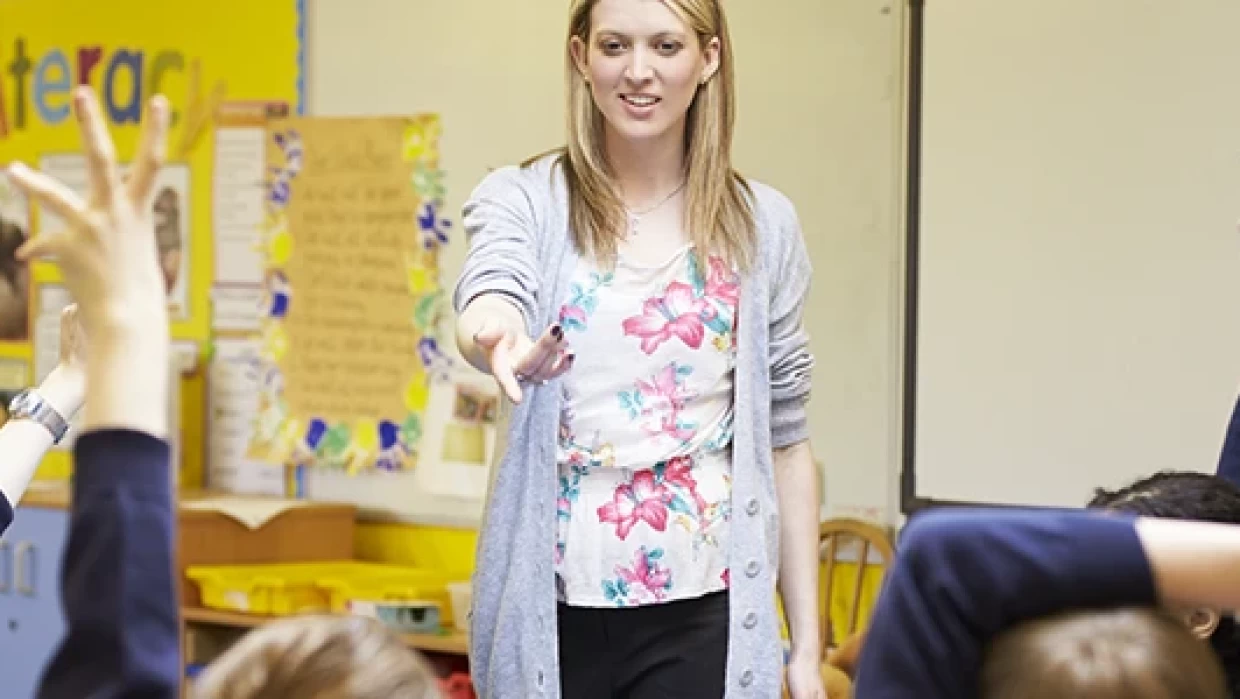



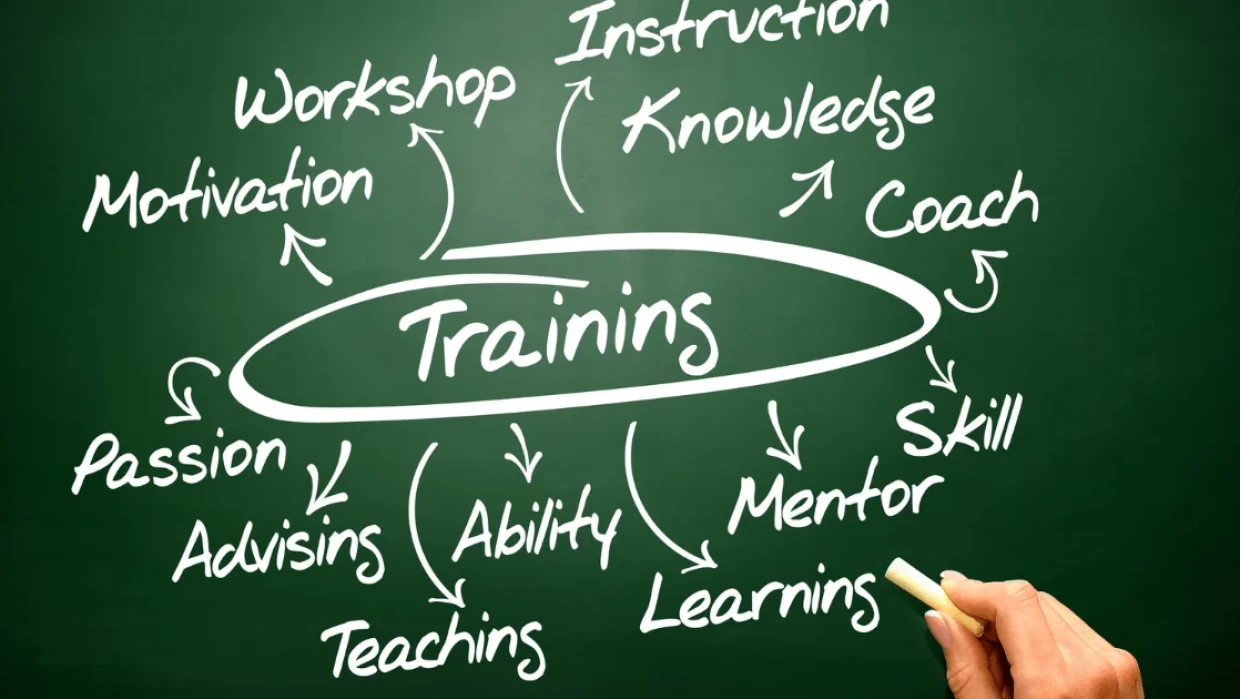


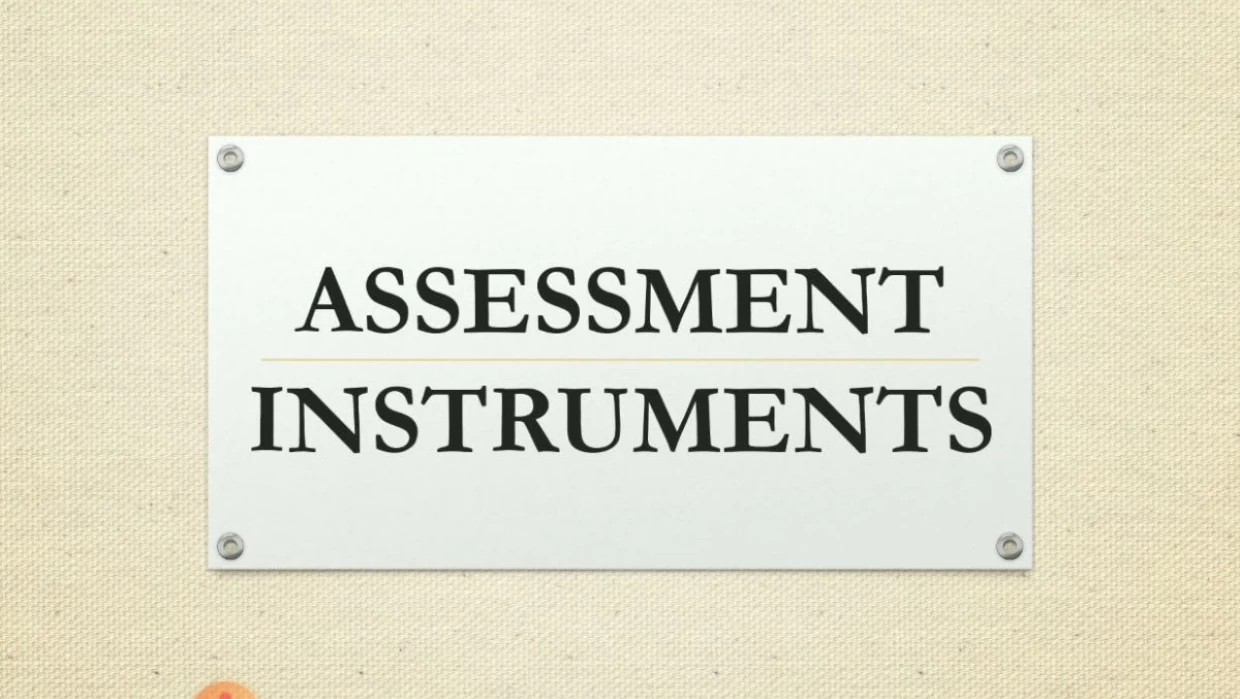


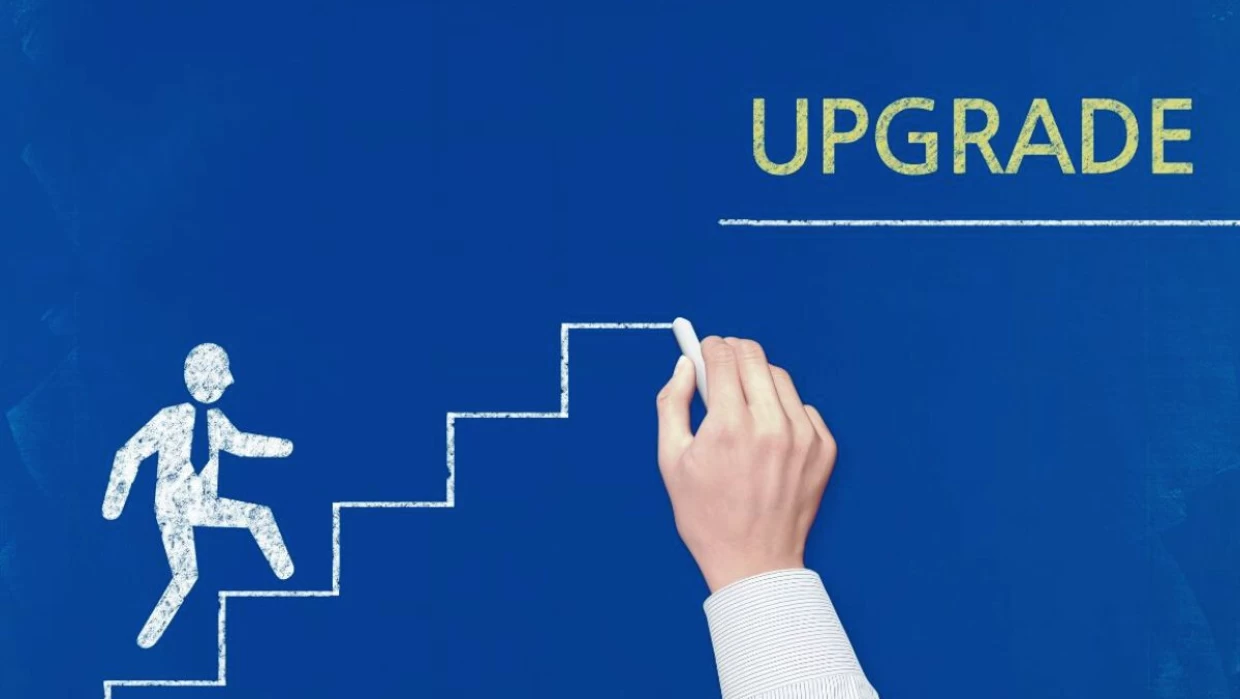


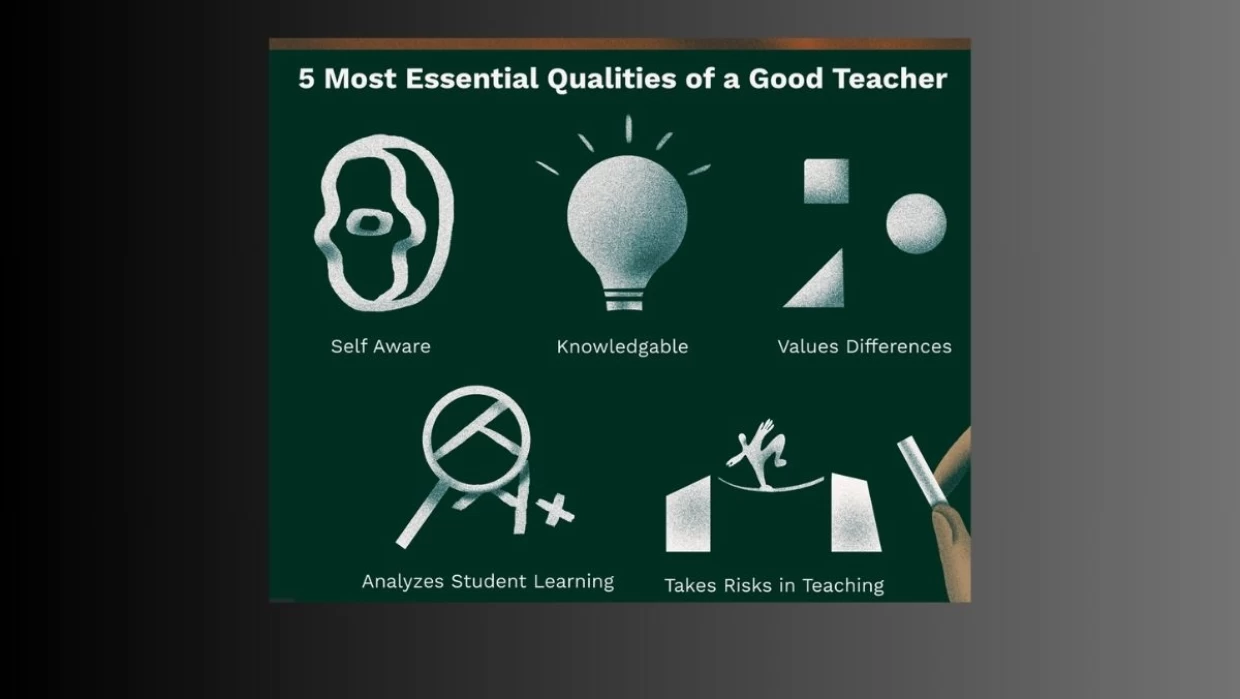
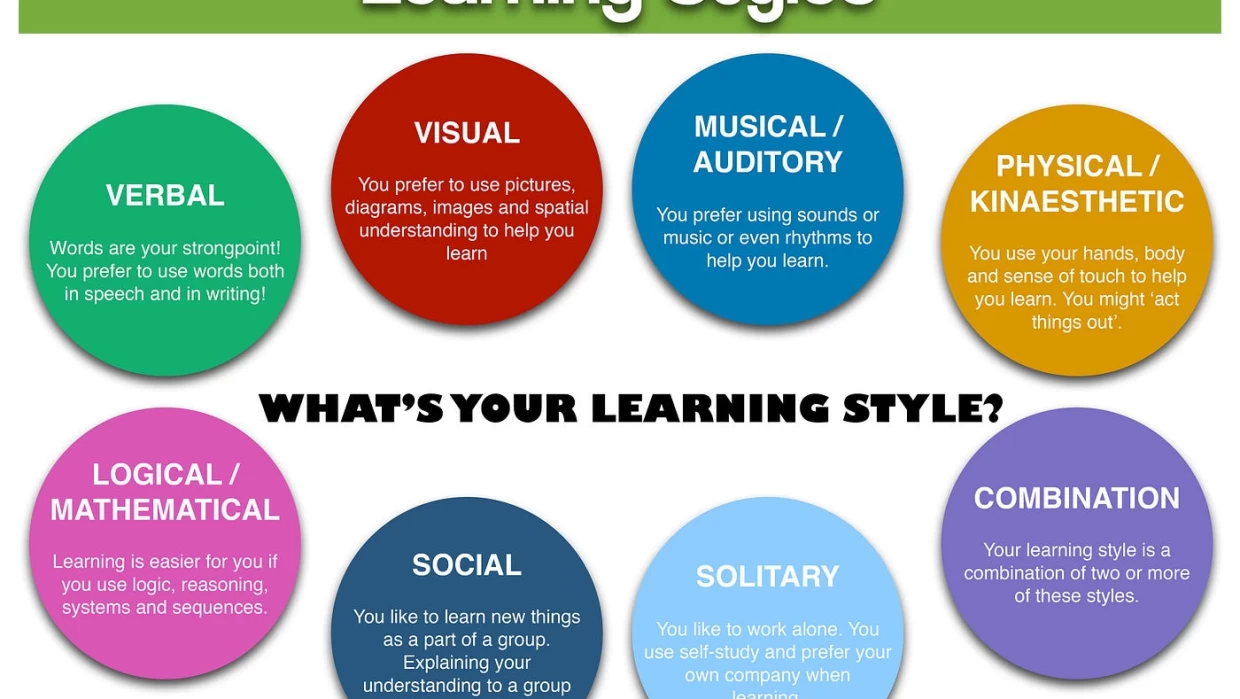
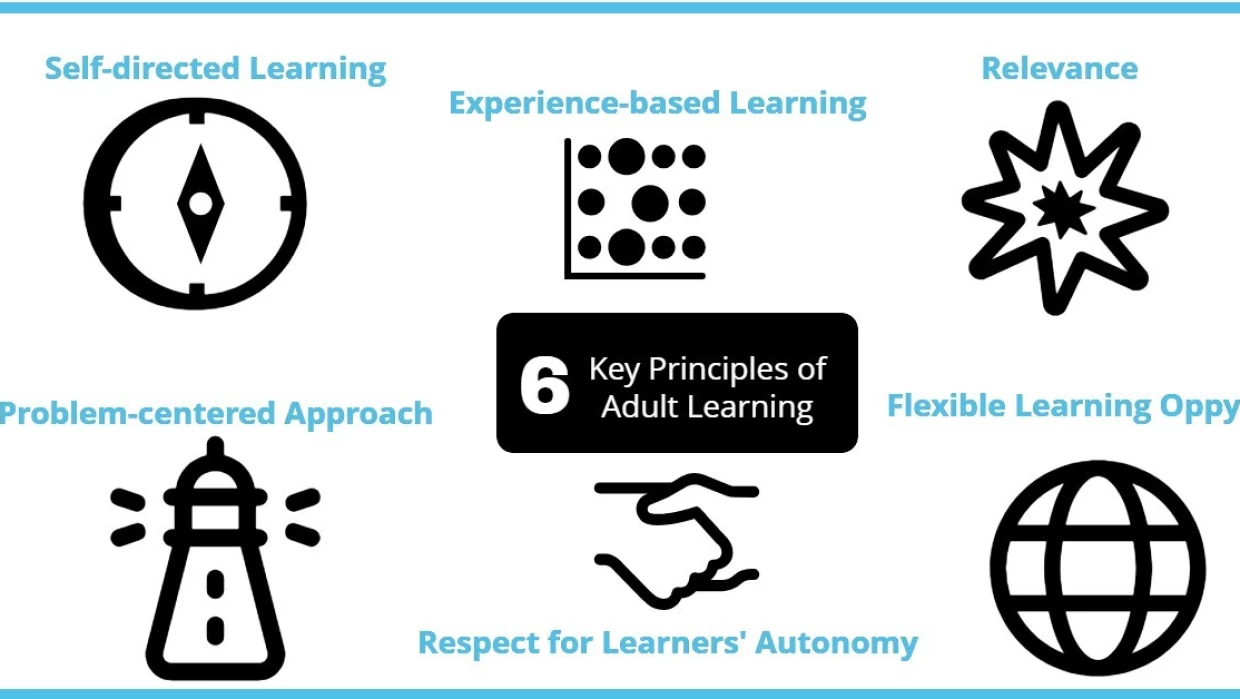














We would be delighted if you could get in touch with us.
Your email address will not be published. Required fields are marked